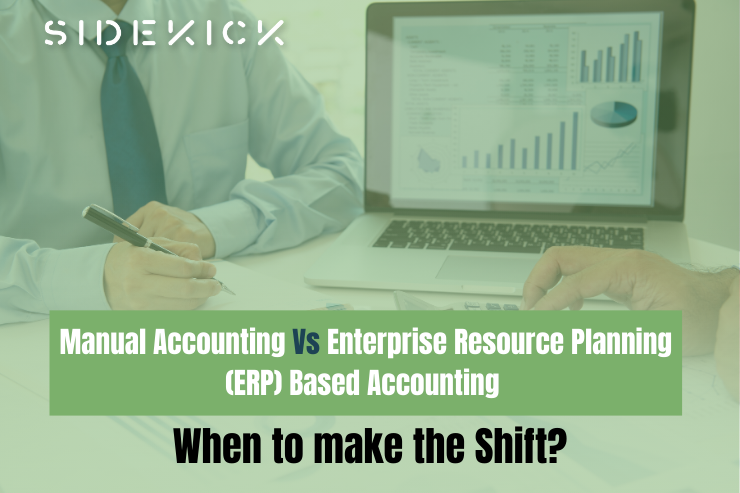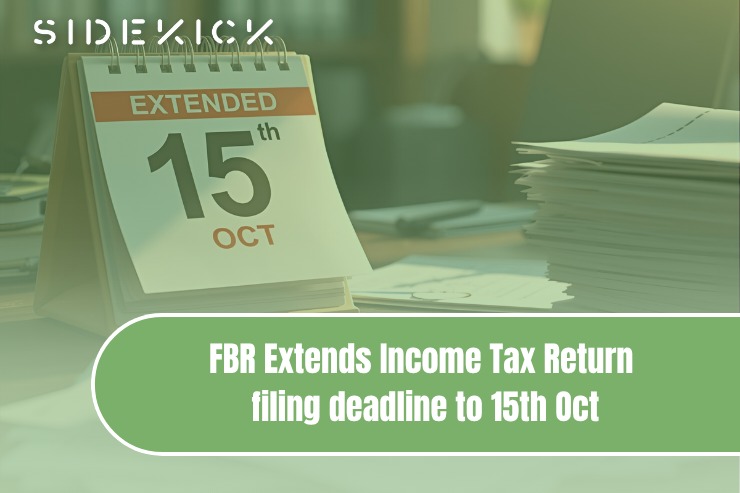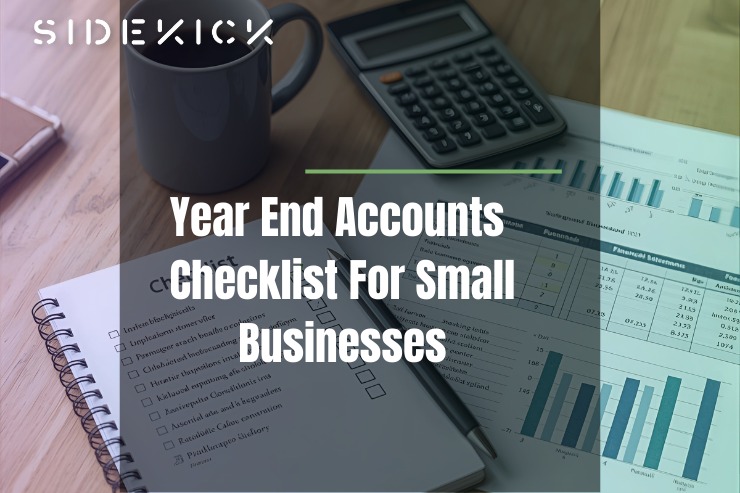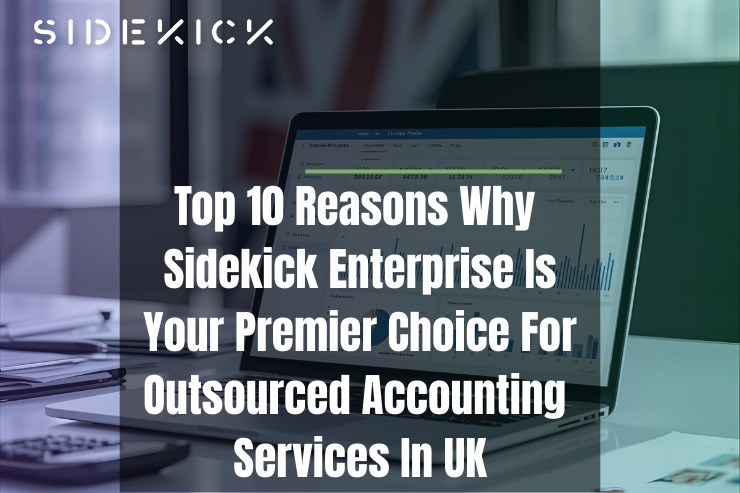Manual accounting and Enterprise Resource Planning (ERP) based accounting are two different approaches to managing a business’s financial operations. Manual accounting involves the use of handwritten ledgers and other traditional tools to record, track, and manage financial transactions. This method is suitable for small businesses with simple financial operations. However, as the business grows, manual accounting can become cumbersome and error prone.
On the other hand, ERP-based accounting involves the use of specialized software to automate and integrate different business processes, such as accounting, inventory management, and supply chain management. This method is more scalable and efficient, but it requires a significant investment in software and training.
There is also a step between manual accounting and ERP-based accounting, which is using Excel or other spreadsheet software to manage financial transactions. This method is a middle ground between the simplicity of manual accounting and the automation of ERP-based accounting. It allows businesses to easily organize and analyze their financial data, but it still requires manual input and is not as integrated as ERP software.
Manual and ERP-based accounting have their advantages and disadvantages, and the best approach for a given business will depend on its specific needs and circumstances.
The Benefits of Using ERP Software for Accounting
One key advantage of using ERP software for accounting is that it allows businesses to automate and streamline their financial operations. With ERP software, businesses can record, track, and manage their financial transactions more efficiently and accurately, which can save time and reduce the risk of errors and inconsistencies. Additionally, ERP software can provide businesses with a range of advanced features and tools, such as real-time reporting and data analysis, that can help them gain better insights into their financial performance and make more informed decisions.
Common Features of ERP Software for Accounting
Enterprise Resource Planning (ERP) software for accounting typically includes a range of features and tools that are designed to support different aspects of a business’s financial operations. Some common features of ERP software for accounting include:
- General ledger: It is a record of all the financial transactions of a business, and it is used to track and manage the company’s financial information. The general ledger is a detailed and organized record of all the debits, credits, and other financial data of a business. By keeping track of all the financial transactions of a business, the general ledger allows the company to accurately monitor its financial position and make informed decisions about its future.
- Accounts payable and accounts receivable: These modules are used to manage a business’s accounts payable (i.e., the money it owes to suppliers and other creditors) and accounts receivable (i.e., the money that is owed by customers and other debtors).
- Inventory management: This module is used to track a business’s inventory levels and movements, and it can help businesses manage their stock levels and avoid shortages or overstocks.
- Payroll: This module is used to manage a business’s payroll, including calculating employee salaries and taxes and preparing pay slips and tax forms.
Do you want to shift Manual Accounting to ERP based Accounting?
Get in Touch
Fill out the form below, and we will be in touch shortly.
The Challenges of Switching from Manual Accounting to ERP-Based Accounting
One of the main challenges of switching from manual accounting (i.e., Khata system) to ERP-based accounting is the cost and effort involved in implementing and using the software. The initial setup of ERP software can be expensive and time consuming, but once everything is streamlined, it helps you save costs and valuable time. Additionally, businesses may need to train their employees on how to use the software, and they may need to invest in new hardware and infrastructure to support the software.
Tips for Successfully Implementing ERP Software for Accounting
If you are considering switching from the khata system to ERP-based accounting, here are some tips for successfully implementing and using the software:
- Start by identifying the specific needs and goals of your business and choose ERP software that is well-suited to your business’s requirements and budget.
- Work with a reputable and experienced ERP vendor or consultant to ensure that the software is set up and configured correctly.
- Train your employees in how to use the software and provide ongoing support and guidance to help them adapt to the new system.
- Regularly update and maintain the software to ensure that it is running smoothly and effectively, and to take advantage of new features and enhancements.
In conclusion, manual accounting and ERP-based accounting both have their own pros and cons, and it is important to carefully evaluate which one is right for your business. Khata is suitable for small businesses with simple financial operations, but it can become cumbersome and error prone as the business grows. On the other hand, ERP-based accounting is more scalable and efficient, but it requires a significant investment in software and training. If you are unsure about which one to choose, you can simply outsource the accounting service to Sidekick and let us handle it for you, so you can focus on your business.







